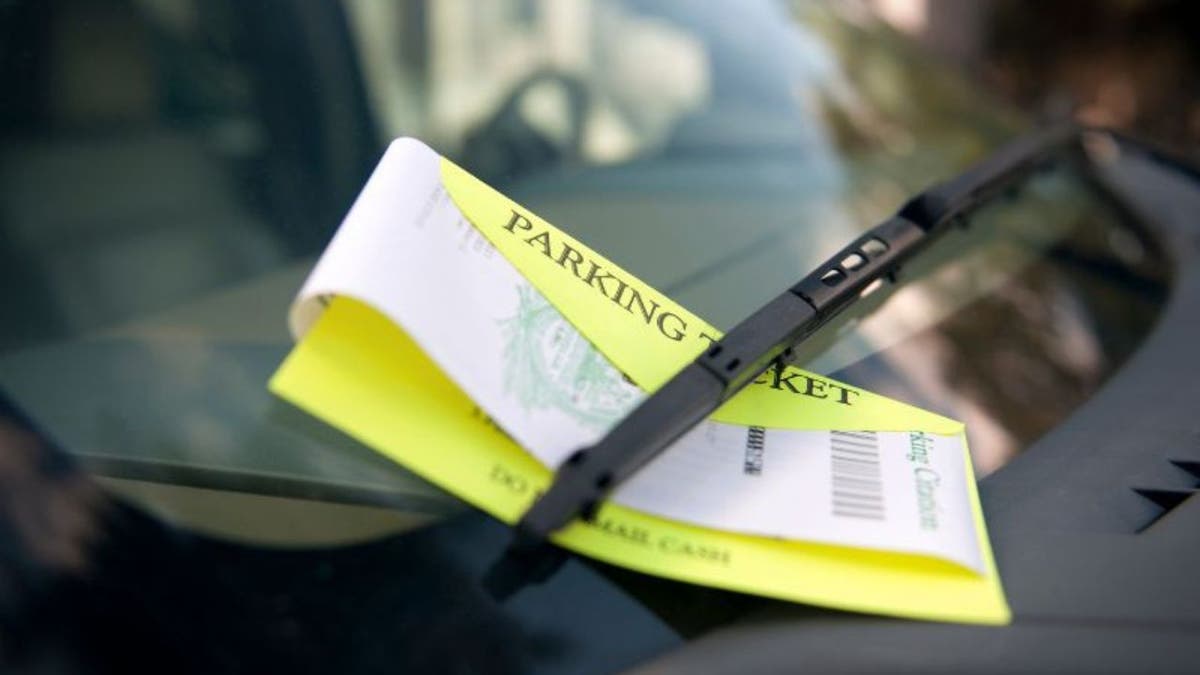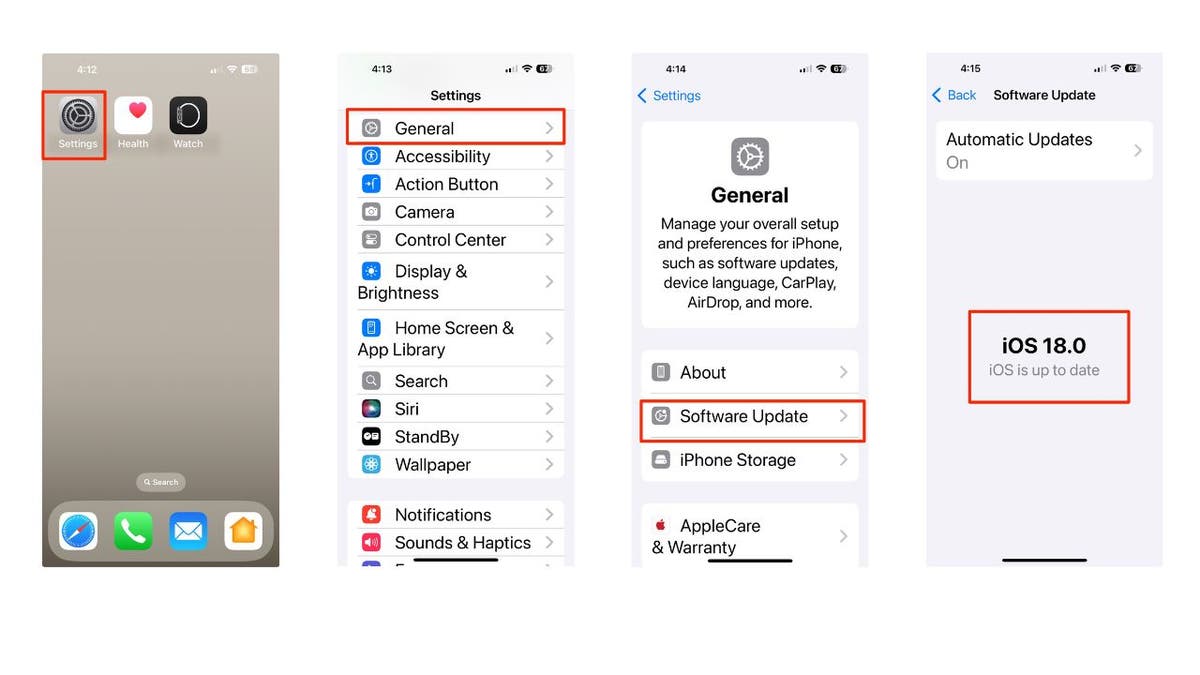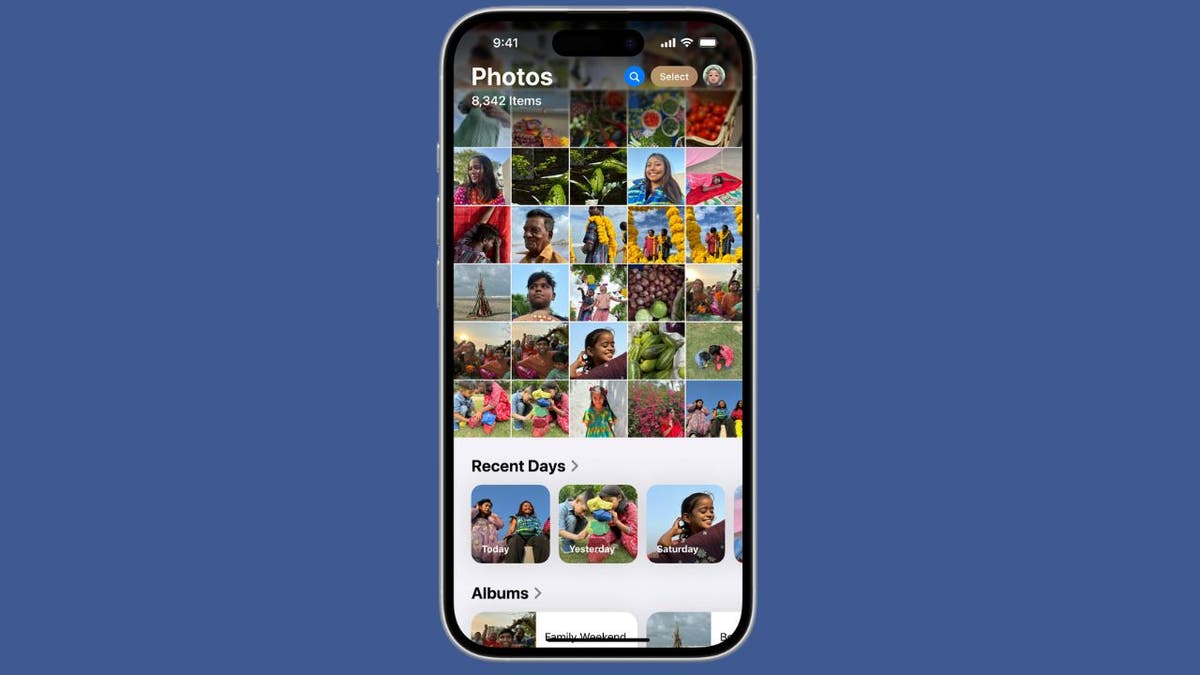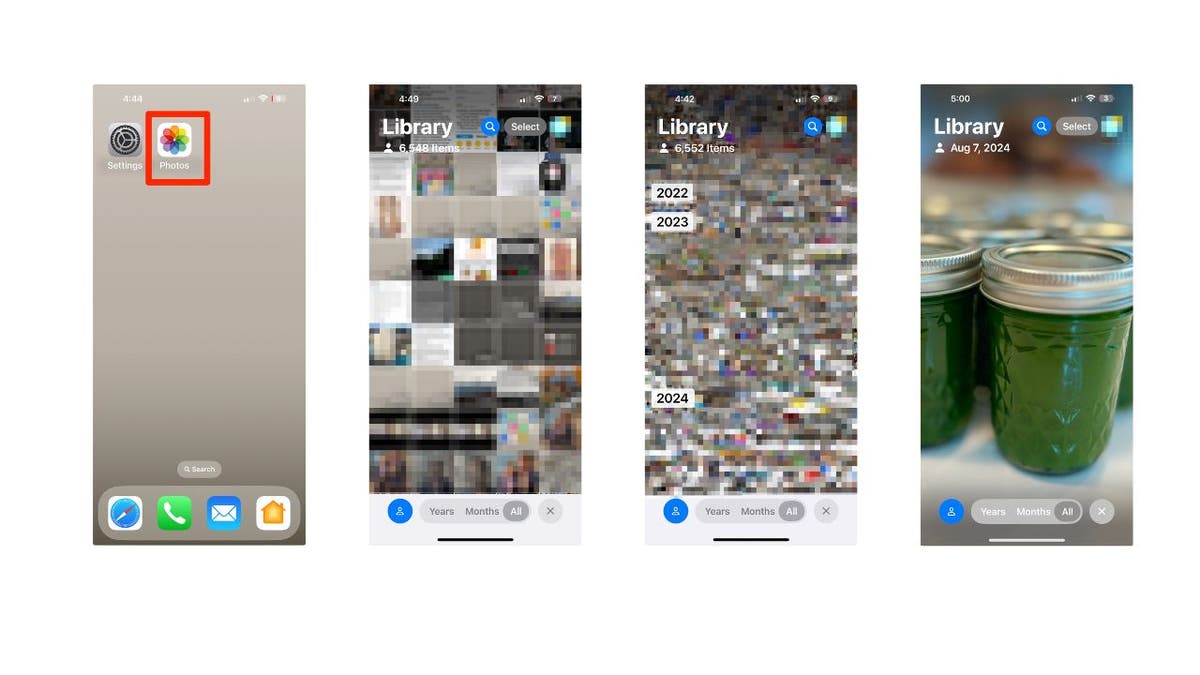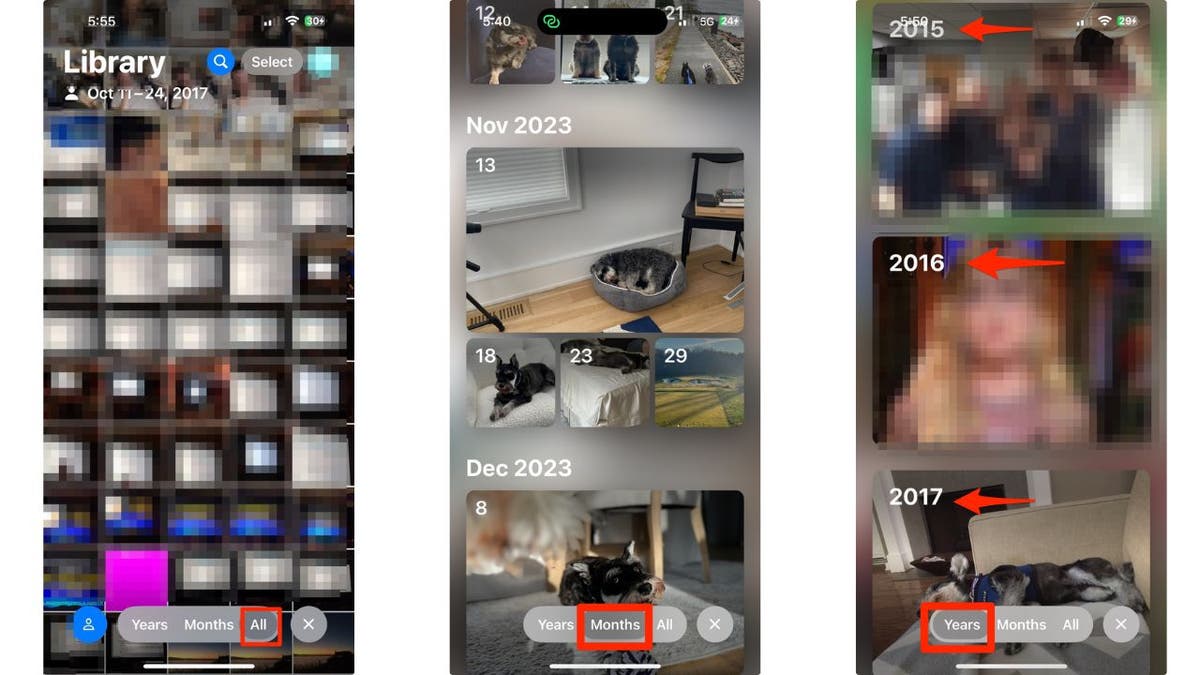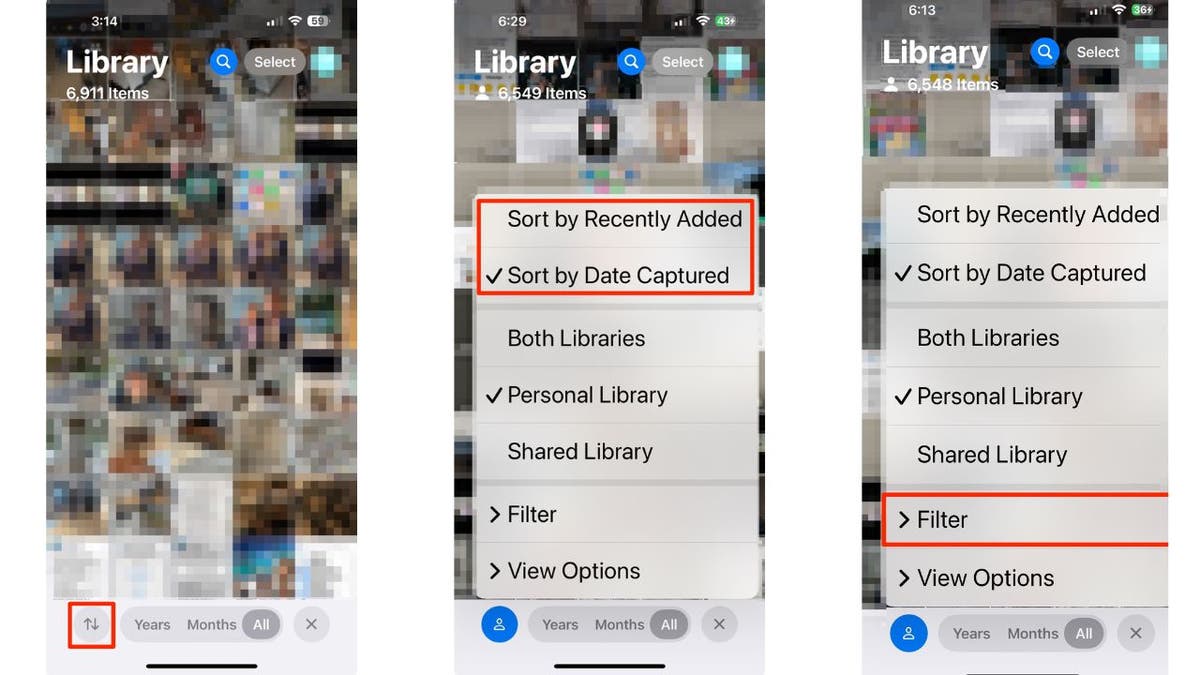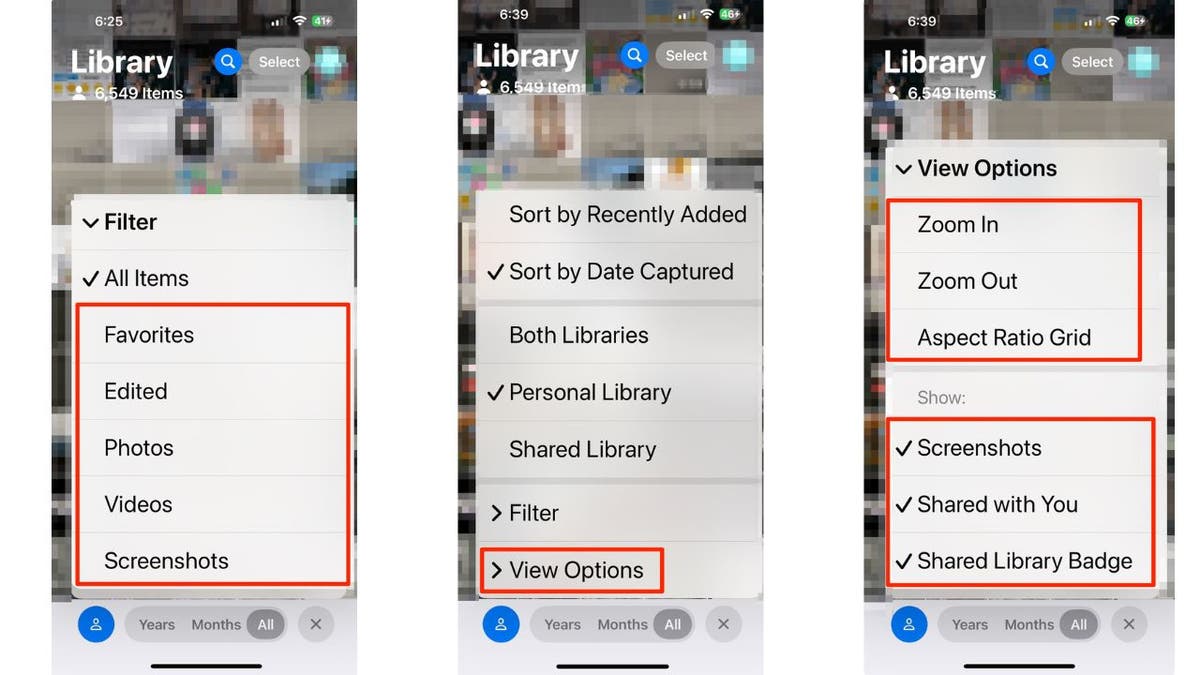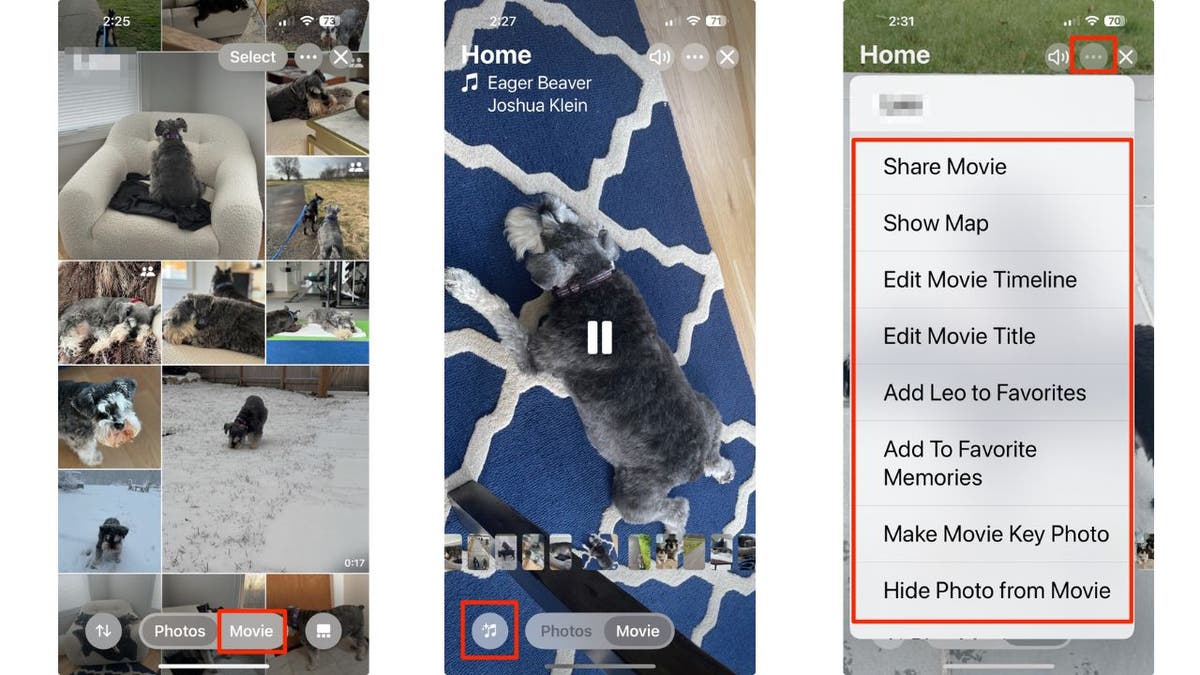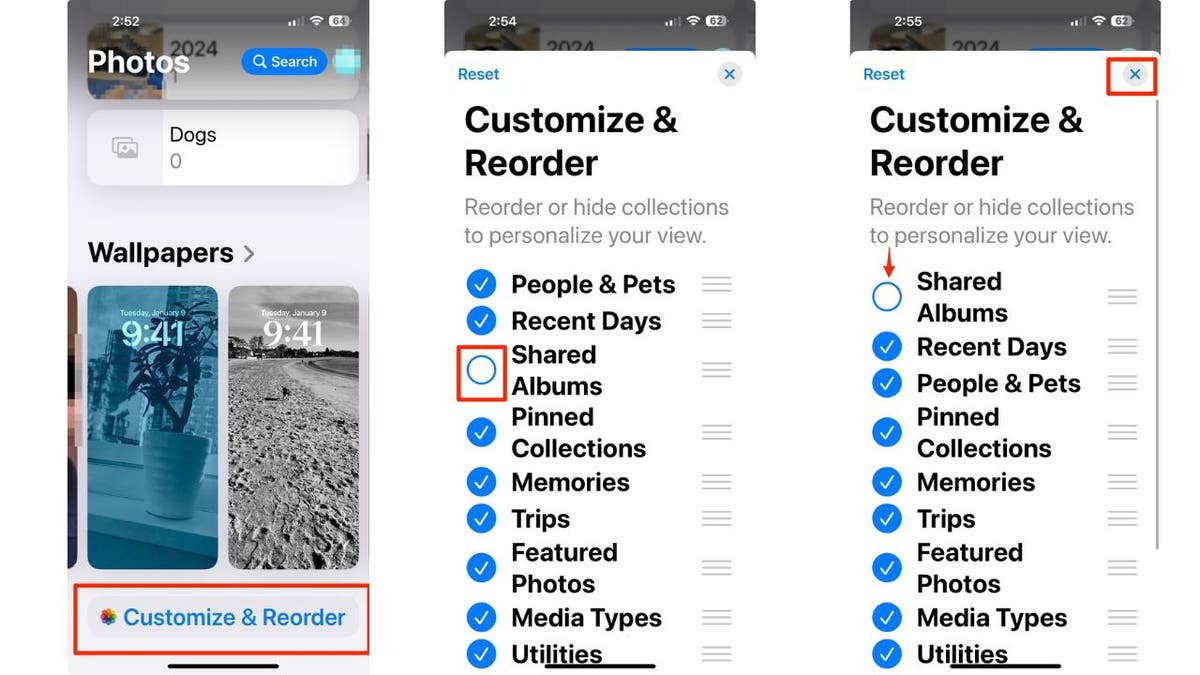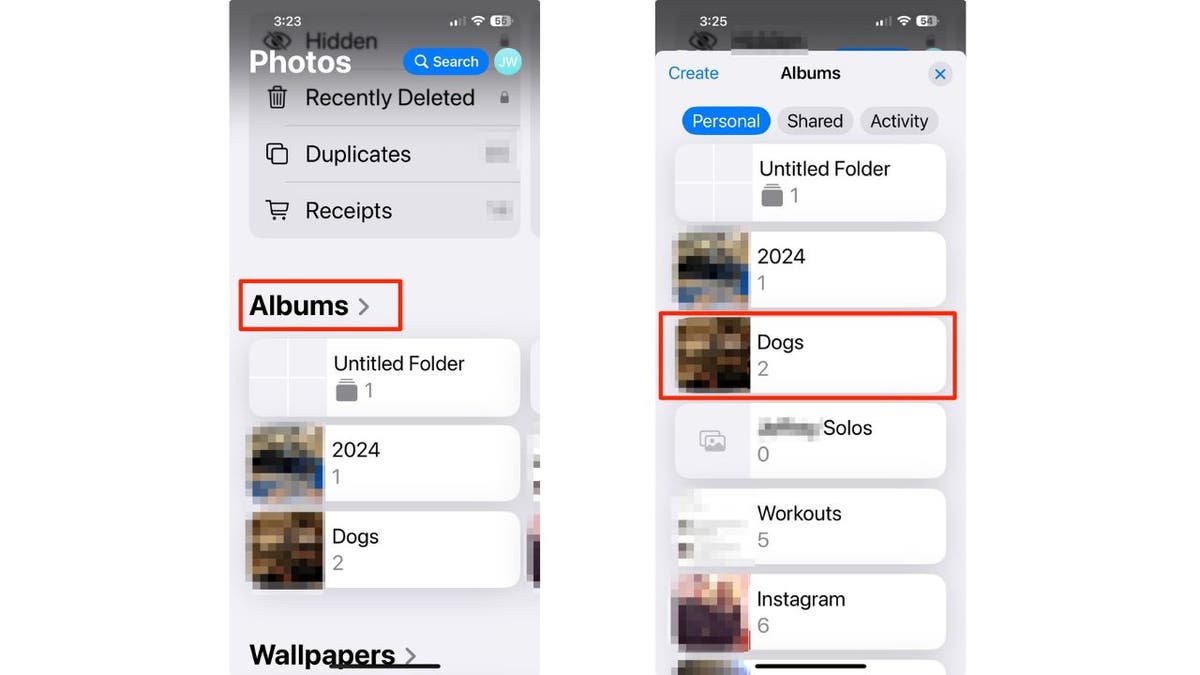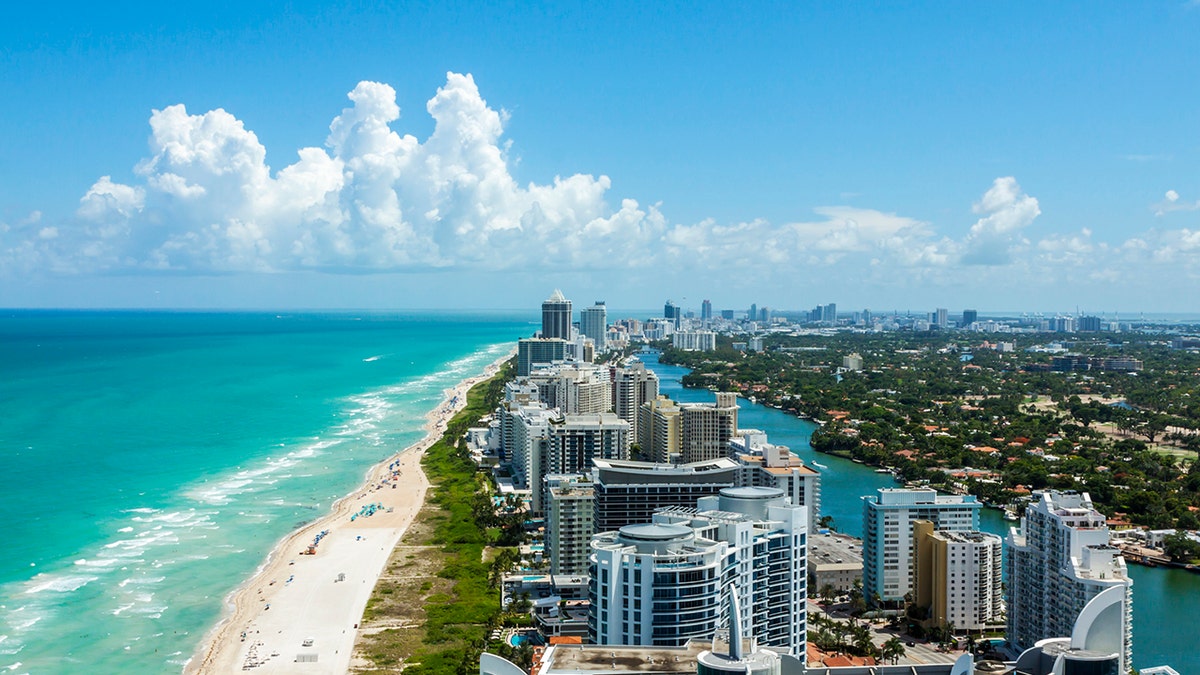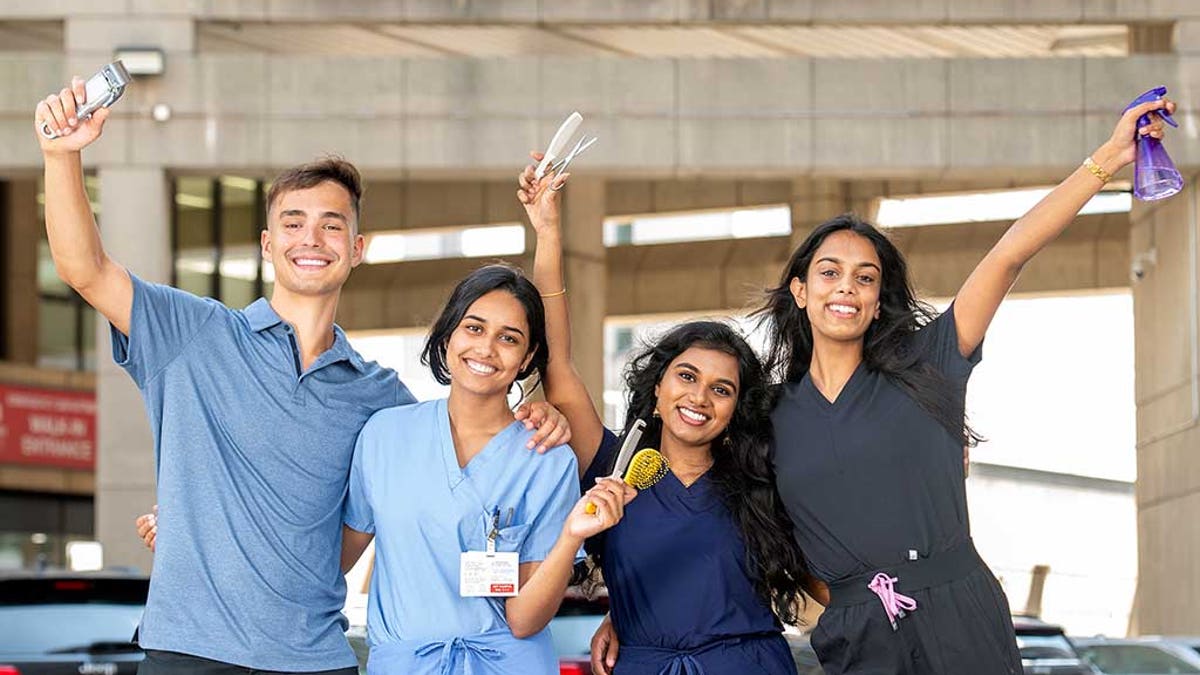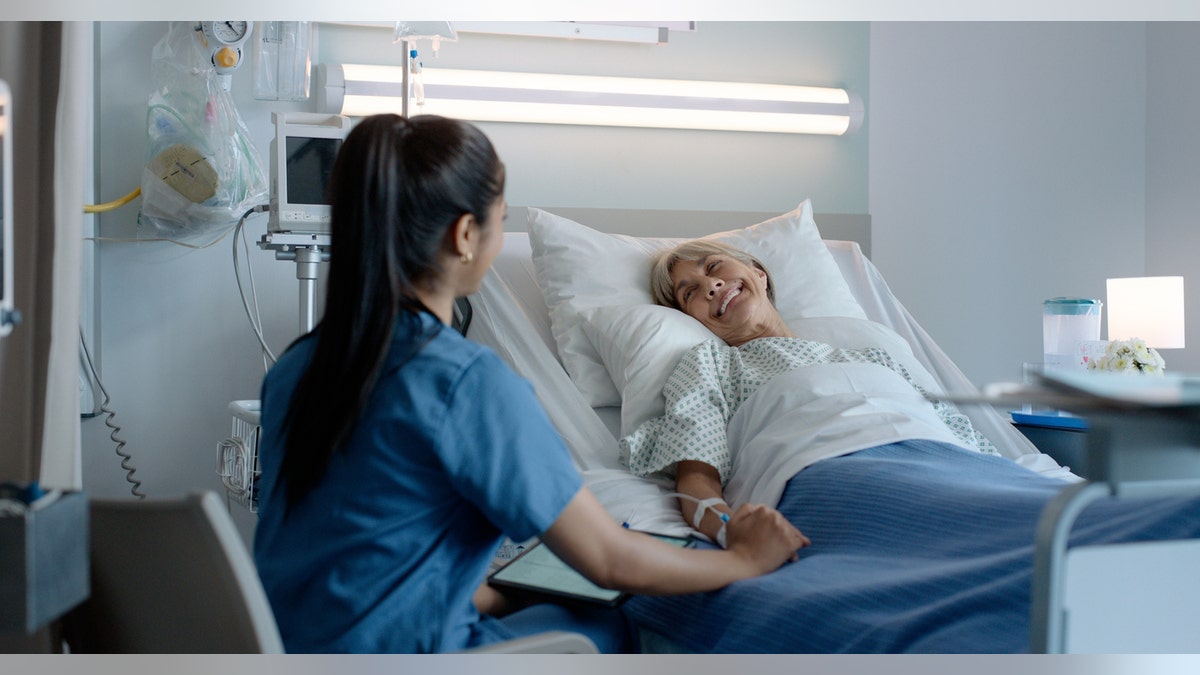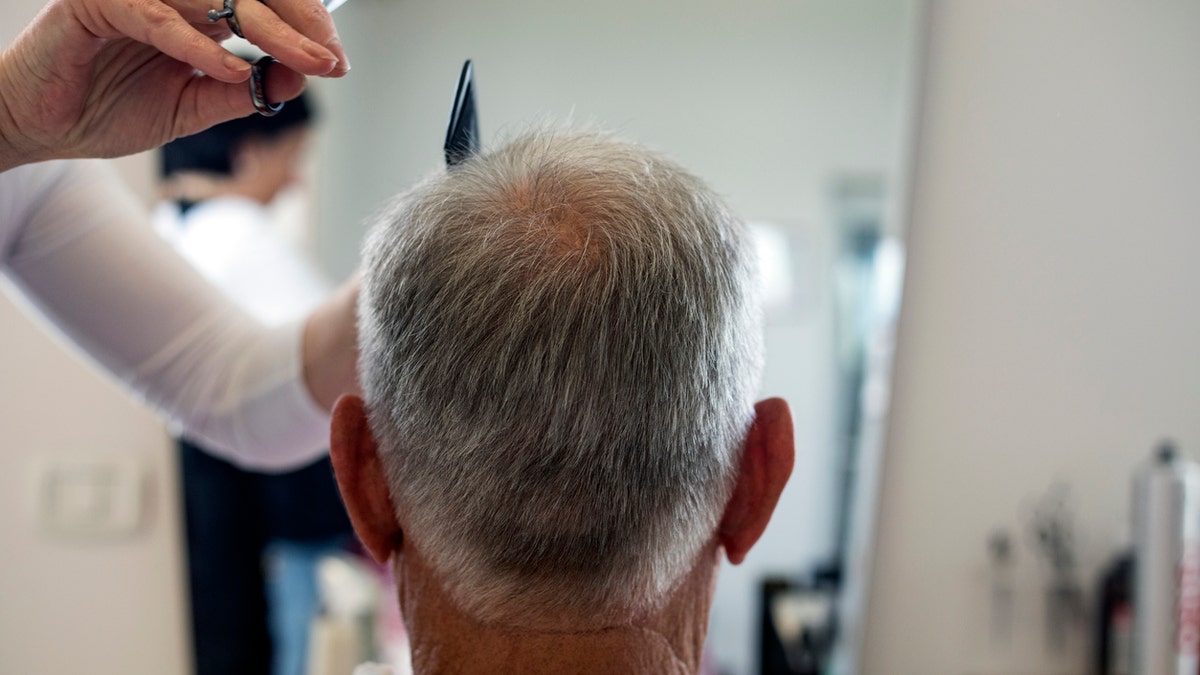Join Fox News for access to this content
Plus special access to select articles and other premium content with your account – free of charge.
By entering your email and pushing continue, you are agreeing to Fox News’
Terms of Use and
Privacy Policy, which includes our
Notice of Financial Incentive.
Please enter a valid email address.
Basic grooming can be a challenge during an extended hospital stay, taking a toll on the patient’s mood and mental health.
A group of medical students is on a mission to change that, through a program called Bergen Barbers, named for the street in Newark, New Jersey, where University Hospital is located.
Launched in 2021 by Vaishali Ravikumar, a Rutgers New Jersey Medical School (NJMS) student, the program provides haircutting, shaving and detangling services for hospitalized patients.
MAN SAYS HE GETS HIS FOOD FIX IN HOSPITAL CAFETERIAS: ‘WELL WORTH A VISI
Ravikumar came up with the idea as a third-year student while taking care of a trauma surgery patient.
Rutgers New Jersey Medical students — aka the Bergen Barbers — Ivan Loncar, Shivani Srivastava, Hetal Lad and Sowntharya Ayyappan are pictured outside University Hospital in Newark. ( Keith Bratcher/Rutgers New Jersey Medical School)
“A patient who had been hospitalized for many days became so frustrated that he was on the verge of checking himself out against medical advice,” she said in a press release.
“His long, matted hair and unbrushed beard were making him very uncomfortable. My attending [physician] suggested I do something about it.”
After gathering some supplies from around the hospital, Ravikumar gave the patient an impromptu haircut.
HURRICANE HELENE CAUSES DIRE IV FLUID SHORTAGE AT HOSPITALS NATIONWIDE
“He requested a ‘faux hawk,’ and I did my best to deliver,” she said.
“We laughed and talked through the whole process, and I learned a lot about him. When I finished, he was in much better spirits and trusted his health care team more than before.”
Motivated to extend the services to more patients, Ravikumar recruited several NJMS student volunteers, and Bergen Barbers was born.
Self-taught skills
The students, who had no haircutting or shaving experience, picked up some basic skills by watching YouTube videos.
“We learned how to use a clipper and how to give a basic haircut,” Ravikumar said.
“Using waterless shampoo with a small spray bottle of water, we dampen the hair, shampoo it and towel it dry. For women, we do a straight cut. For men, we ask how short they want it.”
“I learned by watching some videos and doing some Googling.”
Ivan Loncar, one of the current student volunteers, said he joined with “no experience” other than shaving.
“I learned by watching some videos and doing some Googling,” he told Fox News Digital during an interview.
ENGLAND’S HEALTH CARE CRISIS IS A ‘WARNING SIGN’ FOR US
“As I did more services, watched other people do it and provided more haircuts, I got more comfortable.”
This year, Bergen Barbers added about 60 new medical student volunteers and implemented a more formal training process.
Selecting the ‘clients’
Many of the patients Bergen Barbers serves have been in the hospital for an extended period.
“They may be going through the toughest time of their lives,” Hetal Lad, one of the volunteers, told Fox News Digital in the same interview. “Maybe they’re done with surgery, but now they have new complications or … have been given rough news.”
“In that moment, seeing somebody who’s outside their health care team is really nice, as they can vent about things they don’t feel they can say to their providers.”
Rutgers New Jersey Medical students Ivan Loncar, Hetal Lad, Sowntharya Ayyappan and Shivani Srivastava outside University Hospital in Newark. Launched in 2021, the program provides haircutting, shaving and detangling services for hospitalized patients. ( Keith Bratcher/Rutgers New Jersey Medical School)
In many cases, the students help patients who are post- or pre-surgery and need a trim or a shave, according to Sowntharya Ayyappan, one of the students in the group.
“We also have a lot of patients who experience homelessness and have not been given a lot of the opportunities to maintain hair care,” she told Fox News Digital during the same interview.
THERAPY PONIES IN SPECIAL PROGRAM BRING BOOSTS OF JOY AND HUMOR TO THOSE IN NEED
The nursing staff also assists with choosing patients.
“We make sure patients are able to provide consent and do not have a traumatic brain injury or any medical device in the head or face that might be an obstacle,” Ravikumar noted.
Patients with severe blood clotting disorders and those on psychiatric floors are also ruled out, she added.
Rave reviews
So far, Bergen Barbers has received only positive feedback from patients.
AS SOLO AGING BECOMES MORE COMMON, HERE’S HOW TO THRIVE ON YOUR OWN
“We haven’t had a single bad experience,” Shivani Srivastava, a current volunteer, told Fox News Digital.
“They’re always very appreciative that we came by and gave them whatever service they wanted.”
In a way, Ayyappan said, the Bergen Barbers are giving a sense of “humanity” back to their patients.
“We’re providing a service that’s very routine and part of human nature — it’s something we all have to do innately as humans,” a student volunteer said. (iStock)
“We’re providing a service that’s very routine and part of human nature — it’s something we all have to do innately as humans.”
The sessions also provide an opportunity to have conversations with the patients about their hobbies and lives outside the hospital walls, she added.
“We’re seeing them not only as patients, but as people.”
“We’re seeing them not only as patients, but as people.”
Some patients might not get outside visitors, Loncar noted.
“For them, those precious 10, 30 or 40 minutes are an amazing experience to just unwind — even if it’s just complaining or reminiscing about something, or telling us about their lives or giving advice as an older individual.”
The sessions enable the students to gain experience with patient interactions, they said. (iStock)
In one scenario, a patient asked the volunteers for a Bible, Ayyappan shared, which they provided for him.
In another example, Srivastava said, the team went in to give a patient a shave and haircut, only to realize that he couldn’t speak English, so he couldn’t communicate with the volunteers.
“But he put on jazz music, closed his eyes and kind of turned the vibe of a hospital room into his own barbershop,” she said.
An educational experience
While the patients enjoy the results of the grooming services, the medical students are also reaping the rewards, they told Fox News Digital.
The services allow the students to get early exposure to working with patients, Ayyappan pointed out.
CLICK HERE TO SIGN UP FOR OUR HEALTH NEWSLETTER
“You’re learning empathy, you’re having hard conversations with patients,” said Ayyappan.
“You get comfortable with them, learn about them and hear about their problems in the hospital.”
“Those precious 10, 30 or 40 minutes are an amazing experience for them to just unwind,” a volunteer said. (iStock)
Faculty mentor Amy Gore, an assistant professor of surgery at Rutgers, shared her excitement about the program.
For more Health articles, visit www.foxnews.com/health
“I was so excited when Vaishali approached me with this idea, and felt it could be a fantastic way to connect with patients and greatly contribute to their psychological well-being,” Gore said in a press release.
“It has been truly inspirational watching her bring Bergen Barbers to fruition and recruit an incredible team to keep the project alive as she transitions into residency.”











